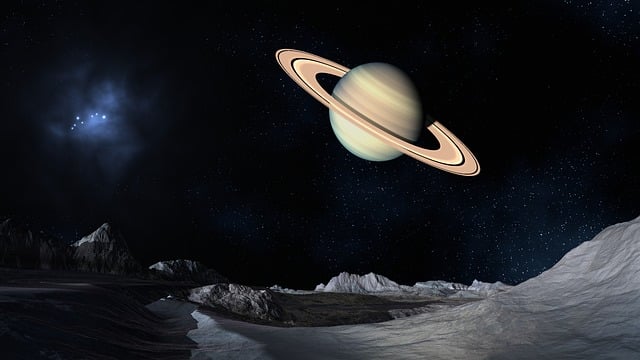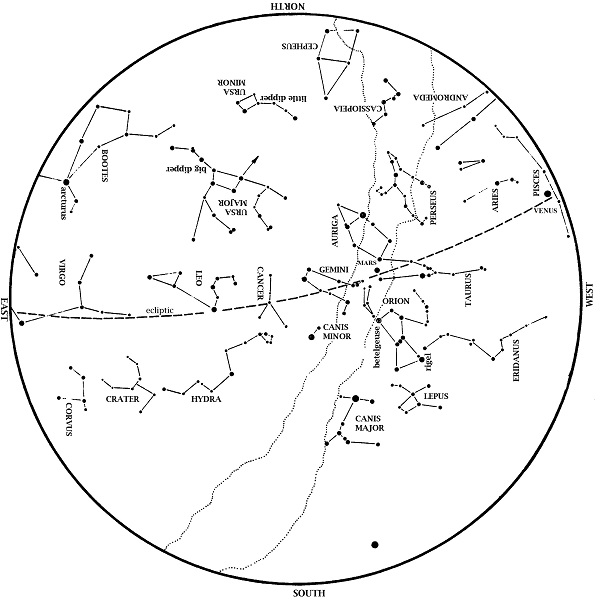Saturn is now in the south-southwestern sky at dusk. It outshines the stars around it, so it’s also easy to see.
Mars emerges into the morning sky this month. Look for it low in the east at dawn. Mars remains dimmer then average, though, and won’t rival the brighter stars until next spring.
Venus and Jupiter are in line with the Sun and out of sight this month. Venus emerges into the morning sky fairly quickly, though; try looking for it low in the east at dawn the last week of August.
The Big Dipper is left of the North Star, with its handle pointing up. From that handle, you can ‘arc to Arcturus’ and then ‘speed on to Spica’; those stars are in the southwest at dusk.
Antares, brightest star of Scorpius, the Scorpion, is in the south, with the ‘teapot’ of Sagittarius to its left. Saturn is to the right of the scorpion’s head. The Summer Triangle is almost overhead. The Great Square of Pegasus now rises soon after dusk, indicating that despite this 100 degree heat, autumn is on the way.
Moon Phases in August 2015:
Last Quarter: Aug. 6, 9:03 pm
New: Aug. 14, 9:53 am
First Quarter: Aug. 22, 2:31 pm
Full: Aug. 29, 1:35 pm;
The annual Perseid Meteor Shower peaks every year in mid-August—this year on Aug. 13. Remember that this is a shower, not a storm; you can expect a meteor per minute on average. Also, Earth is actually running into the meteor stream, rather than the meteors running into us. This means that the shower gets better as you get closer to dawn. Our George Observatory will be open late Wednesday night, Aug. 12, until 2 a.m. and Thursday, Aug. 13, for viewing the Perseids.
For the Planetarium schedule, see www.hmns.org.
On most clear Saturday nights at the George Observatory, you can hear me do live star tours on the observation deck with a green laser pointer. If you’re there, listen for my announcement. I generally do one such tour on short August evenings.
Clear Skies!









